Out comes the yellow sun, big and round.
Down come the raindrops soft and slow
Up comes the flower, grow, grow, grow!"
~ A Kindergarten Song ~
In a renewed encounter with the outside world I see how the seemingly-dead wood of the trees and bushes are showered with a filigree patchwork of light green leaves, and I am amazed. I watch how every new little leaf struggles out of the bud. To grow, also as an inner growth, is not without effort, and at times that inner growth journeys along a path of tears. Inner resistance must be overcome in order to make it possible for a true freedom of life to awaken. Can we, like nature, open ourselves to this freeing light?
In many ancient cultures, and in our present culture, it is the egg which is a symbol of new life. In the cosmology of all lands on earth the egg was and still is considered to be a sacred symbol, and revered for its form as well as for its inner mystery. The egg represents the visible manifestation of a world or a being in the state of becoming. It hints at the origin and the secret of existence. The imperceptible seed develops within its enclosed space. It grows without any intervening power from outside, bringing, out of a slumbering nothing, an active something forth, and all that is needed is warmth. And after developed into a living being, it breaks out of its shell to come into the world.
If, as the mystics tell us, our Earth is a living being, then all which is upon it must also in some form be alive, and have this potential for growth. We might imagine that there is a clear difference between what is ‘alive’ and what is ‘non-living’, but the line between the two can be far less defined than we think. We break open a geode, and there inside a magical little world of crystals is growing in a silent beauty which otherwise would pass unseen. Are the crystals alive? They are certainly growing – and growth is a quality that we tend to attribute to life. Perhaps this is why in mystic thought the crystals are said to have their own consciousness: a primitive mineral consciousness which is on a level of awareness below the organic world.
We know that we are alive. But what defines this essence? We grow and develop from a tiny seed of life – but the very atoms and molecules which make up our entire bodies, and which contribute to this process of growth, are themselves non-living! So it seems that this threshold between living and non-living is more vague than we might imagine. What is certainly not imaginary is this shared potential for growth – not just physical growth, but growth of consciousness.
All natural growth and life processes begin with some form of consciousness. It is a rhythmic, self-perpetuating cycle. When these powers which serve the natural growth and nurturing of life are released, then our inner life has access to them, and they become a vital subsoil. This is the realm where the life powers feel at home. It is also the place from where love and compassion well forth. It radiates warmth, as in nature the sun gives warmth. On this level there exists a continuous dying and living again, as in the realm of plants.
On the tipping point of bud towards leave, from darkness to light, rises - behind the sensory world - the sun of springtime, and fresh green leaves come into being. These revitalizing signs in nature give us trust and joy. Unconsciously we know that they represent a human ideal: to grow towards the light.




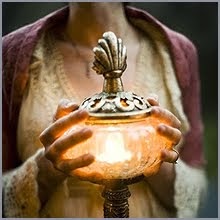
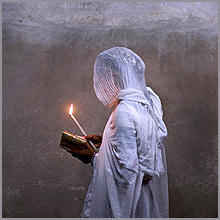
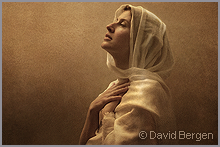
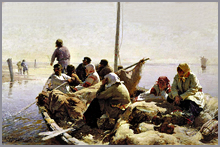
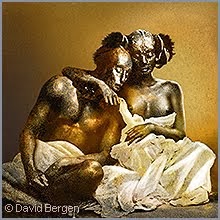


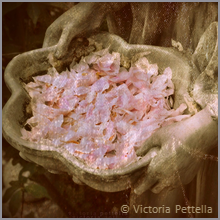
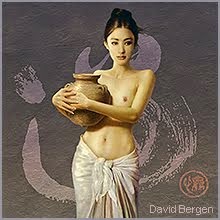

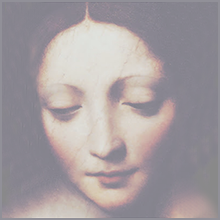
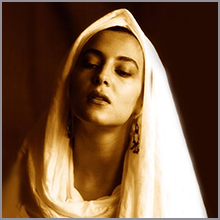
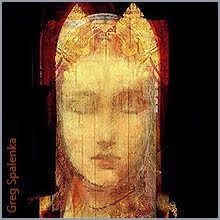
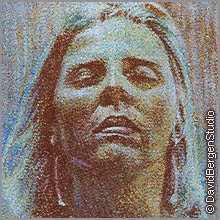











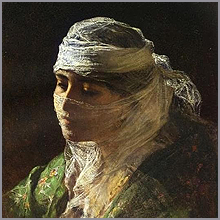
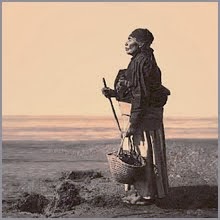

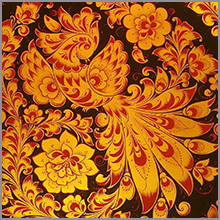

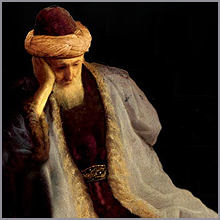
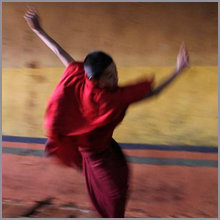




This contemplation of spring is very beautifully written. It touches upon so much - about life, death, existence, evolution, consciousness, and growth both physical and spiritual. It was such a joy to read! I like that Emma ventures beyond the subject to ask a vital question "We know that we are alive. But what defines this essence?" The question cannot be answered or defined in such a way that the answer satisfies the mind. For to define life is to relegate it to the realm of mental thoughts and concepts. Emma points to the "essence" of life in this way, "What is certainly not imaginary is this shared potential for growth – not just physical growth, but growth of consciousness." What is life expressing if not consciousness? Perhaps even the most inanimate of things hold within them some degree or form of consciousness, as Emma points out in the case of crystals that grow. The conventional paradigm of reality looks upon our universe as a collection of discrete particles of matter, each thing separate from each other, but such a view misses a more holistic vision of an underlying connectedness or oneness. Today as I read this blog it is officially the Vernal Equinox. Thank you Emma for making this day even more special!
ReplyDeleteJoseph, what a valuable comment you make when you say: "What is life expressing if not consciousness?" We tend to think of consciousness as striving towards something. The mystics consider that all things are infused with consciousness in some form - even, as we say here, the things that we normally consider as being non-living, such as crystals. A 'striving towards' also implies a growth of some sort - and we also use this idea as a figure of speech - we 'grow towards' something as well. It is an evolving, over a single lifetime, over generations, or even over aeons. Ah! But it is what that 'something' actually is that each of us needs to define for ourselves. And suddenly the title of a song pops into my thoughts: 'All flowers in time bend towards the sun'!
ReplyDeleteThank you! Yes, that is a beautiful phrase, "All flowers in time bend towards the sun."
ReplyDelete